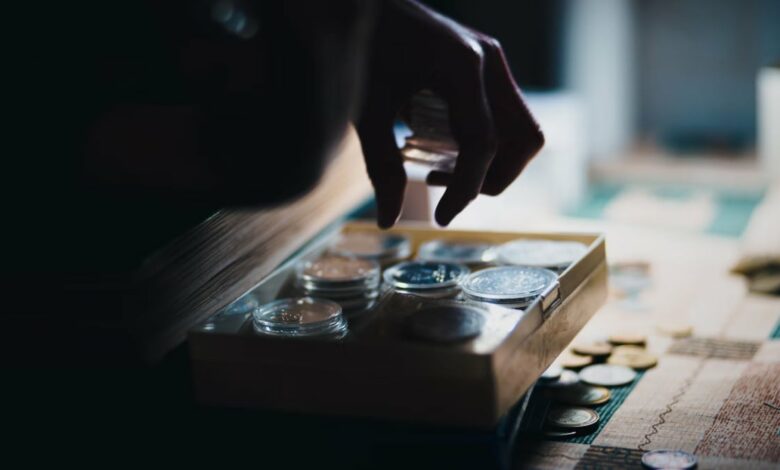Researchers have unearthed 2,000-year-old Roman silver coins

A major discovery of ancient silver coins has been made on the Mediterranean island of Pantelleria, located between Sicily and Tunisia. Archaeologists from the University of Tübingen, Germany, have unearthed 27 Roman silver coins, known as “denarii,” that are more than 2,000 years old. The coins were found in a hole in the wall during excavations at the Acropolis of Santa Teresa and San Marco. Some of the coins have a human head profile, which has still not been identified.
Theory of pirate attack
It is believed that the coins were hidden during one of the many pirate raids that plagued the region between 94 and 74 BC, a period during which the Roman Republic ruled. discovery was made after soil slid away from the site after rainy weather, exposing part of the treasure. The rest of the coins were found under a boulder. According to archaeologist Thomas Schäfer, the coins may have been hidden by locals during a pirate attack.
Pirates regularly raided coastal areas in the eastern Mediterranean until the Roman general Gnaeus Pompeius Magnus, better known as Pompey the Great, defeated them in 67 BC.
Roman Ruins and Earlier Discoveries
The discovery of these coins took place near an earlier find – the heads of three Roman statues. These marble heads include images of Julius Caesar, Emperor Titus (who reigned from 79 to 81 AD), and a woman who may be Agrippina the Elder, the granddaughter of Augustus, or Antonia the Younger, the daughter of Mark Antony.
The archaeological site, once a Roman settlement known as Cossyra or Cossura, remains untouched by looters and features a gathering place known as a “comitium”. Only five such sites have been found in Italy, making this an important and well-preserved find.




